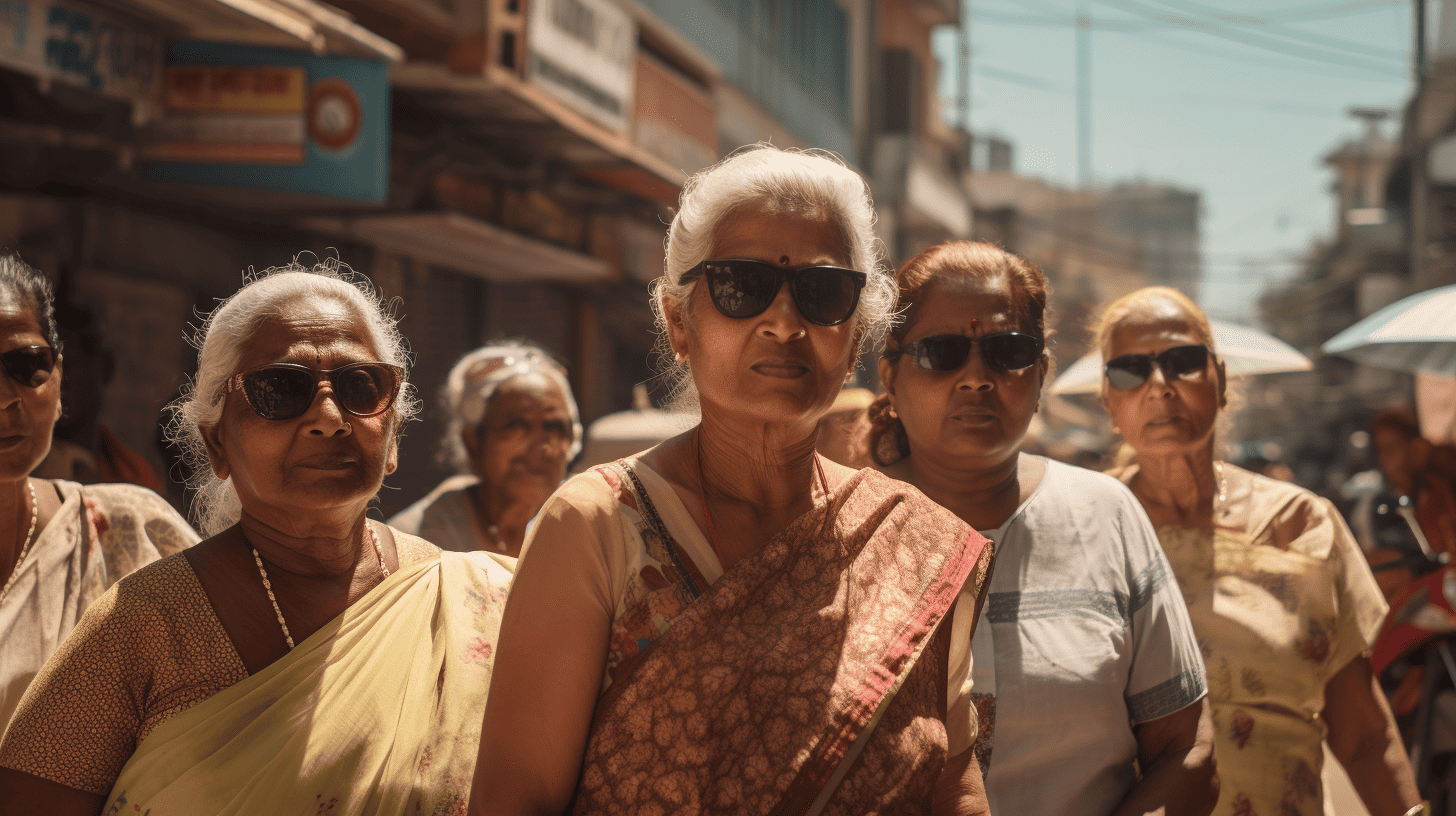
The commonly used temperature limit for human survival in extreme heat should be adjusted downward. So write Coen Bongers of the Radboudumc and scientists from Australia and the US in an article in Nature Communications. The limit is considerably lower than previously assumed, especially in older adults and especially older women.
Many heat records were broken again this year. Not only in England (40°C) but also in Portugal (47°C) and India (49°C). With these rising temperatures, the question arises of how much heat a human body can handle. The air temperature (T) we use daily is not a good measure. The wet bulb temperature (Tw) is more suitable because it considers the air’s humidity and, thus, the possibility of sweat evaporation, resulting in the body’s cooling.
Lower limit elderly
For over a decade, a critical wet bulb temperature (Tw) of 35°C has been used as an upper limit for human survival. However, this does not include variations in human physiology (such as age, gender, and physique), argues an international group of researchers with Coen Bongers of the Radboudumc’s Department of Medical Biosciences. If you do, the Tw threshold for human survival is lower. Sometimes even significantly lower. Especially for the elderly and especially for older women.
The research, published in Nature Communications, uses a physiology-based approach for young and older adults to improve survival estimation. Bongers: “In older people, the ability to sweat decreases, with women having a lesser maximum sweat capacity than men. That means they can cool their bodies less by losing heat through sweating. As a result, the threshold temperature at which the elderly can survive is also much lower than that wet bulb temperature (Tw) of 35°C. That limit is 0.9 to 13 degrees lower.”
Survival and livability
In addition to looking at the survival limit, the researchers introduced the term livability. By this, they mean the temperature limit at which people can still safely carry out their daily activities. After all, survival is different from livability. Bongers: “That livability decreases with sun exposure and humidity, but most dramatically with age. Perhaps it is remarkable, but reductions in that safe activity for younger and older adults indicate a stronger influence of aging than of warming. With continued aging in the coming decades, that is an important criterion to include in models looking at the effects of climate change. In the tail end of the COP28 climate conference in Dubai, they may be able to take the results of our study into account nicely.”

